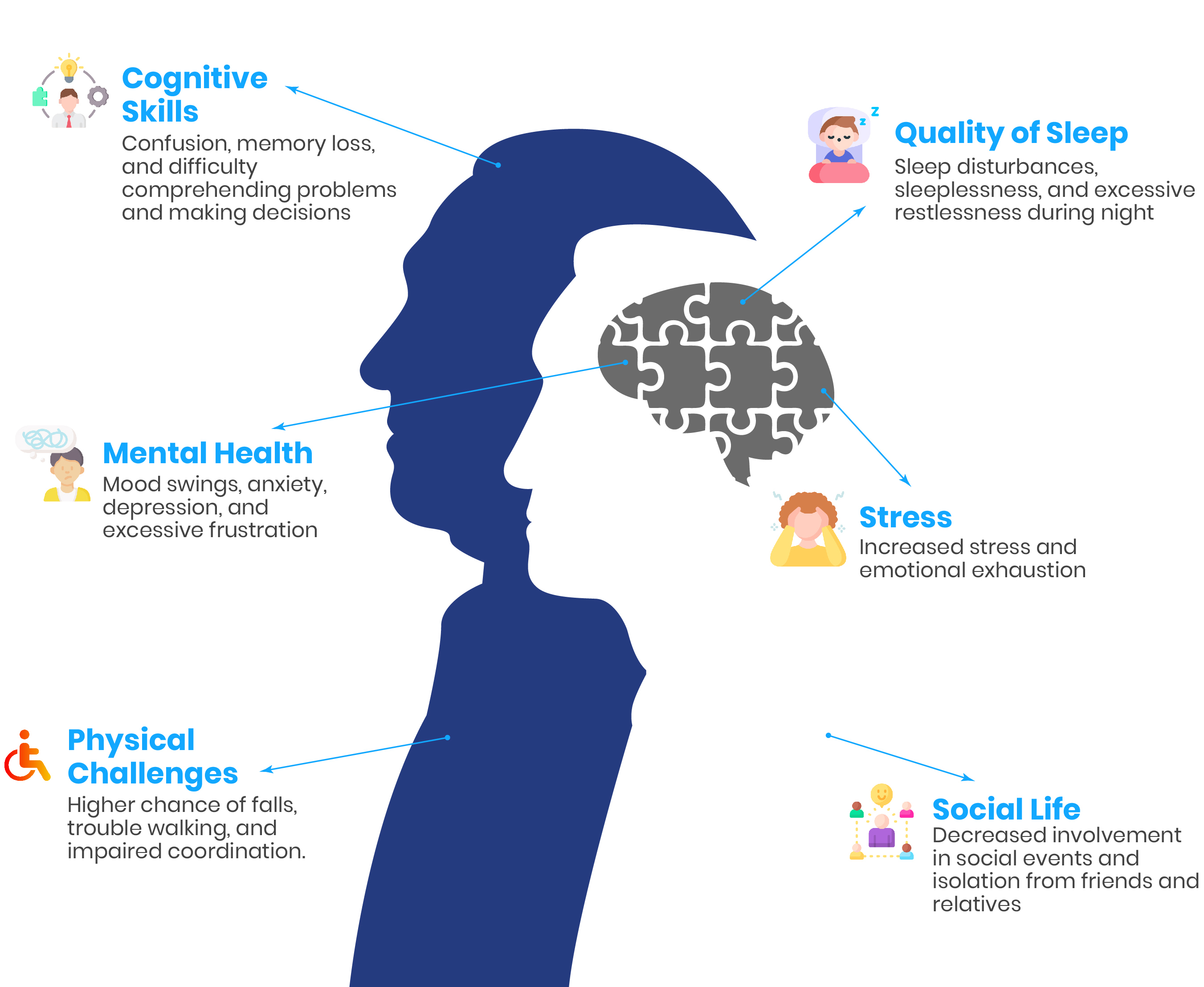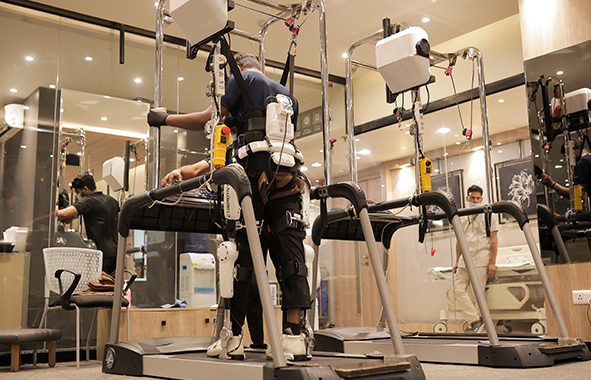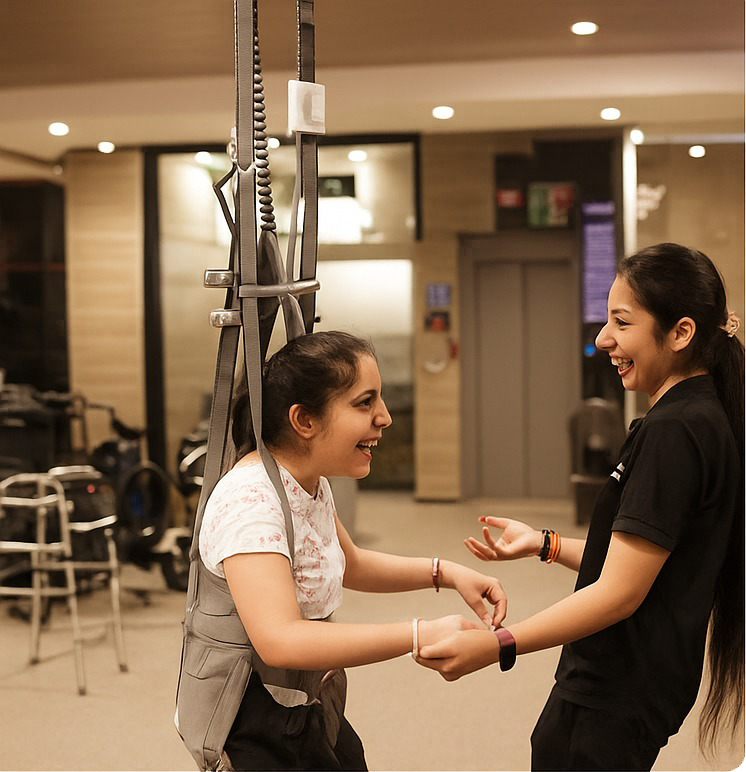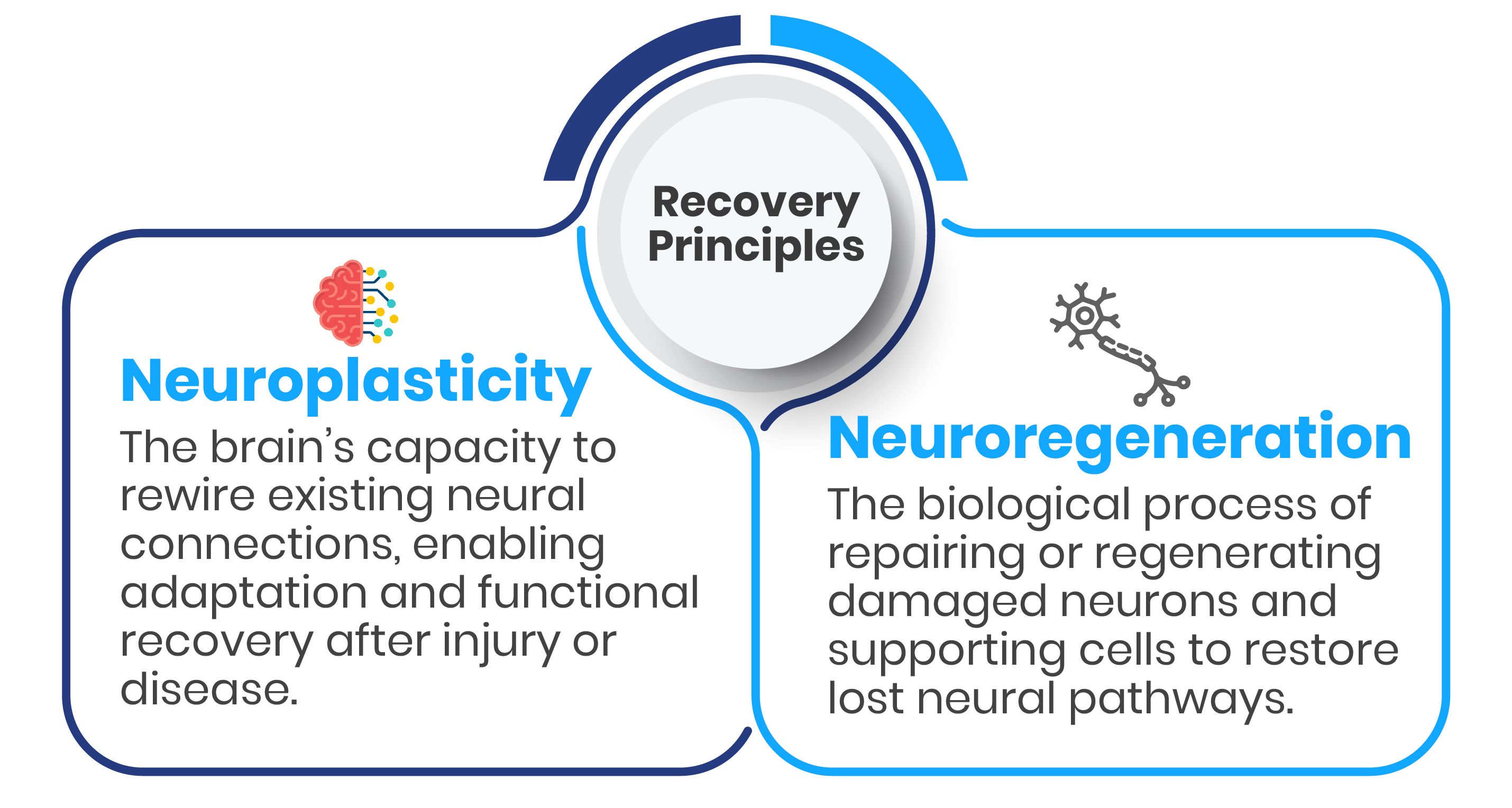Have questions or interested in our premium window solutions? Reach out to us—we're here to help!
Alzheimer's has its major impact on memory and cognitive function, resulting in severe impairments in activities of daily living. Physically, it may result in coordination and mobility challenges. Emotional breakdowns, confusion, frustration, and mood swings are also associated with this disorder. Sensory processing may be impaired, resulting in failure to adapt in the environment.



Emphasis is placed on cognitive stimulation through physical training, active orientation training, and memory activities.
These improve emotional stability, neuroplasticity, and coordination, which improves functional independence.
Task simplification, robot-aided speech therapy, emotional control, and balance training to prevent falls form part of treatment.
Guided activities promote social interaction and behavior steadiness.
Interventions prioritize comfort and attachment—using aided mobility, sensory input, and gentle exercise.
The goal is to preserve emotional health and dignity.
Caregiver training ensures long-term compassionate care.







Walk Again is growing its reach throughout Southeast Asia, bringing advanced neuro-recovery services to more patients. Also opened in Oman.
Contact UsA: By promoting brain activity, neuroplasticity-based neurorehabilitation therapies can improve memory. Through interactive activities, robotic-assisted cognitive therapy enhances attention, reasoning, and memory recall.
A: Neuroplasticity is used in neurorehabilitation to preserve motor and cognitive abilities for long. Robotic devices help with routine tasks and movement, allowing for as much independence as feasible.
A: Emotional regulation and cognitive communication are improved with neurorehabilitation. Memory retention is aided by robotic assistance, which promotes engagement and helps patients maintain emotional and social bonds.
A: Robotic therapy and neurorehabilitation make sure that the most amount of independence is maintained. By helping with everyday tasks and mobility, these therapies lessen the need for full-time care by enhancing the patient's own self-care skills.
A: By stimulating language skills with cognitive activities, neurorehabilitation aids in improving overall communication abilities. Robotic technologies assist patients express themselves clearly by practicing speech and communication.